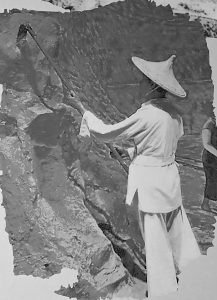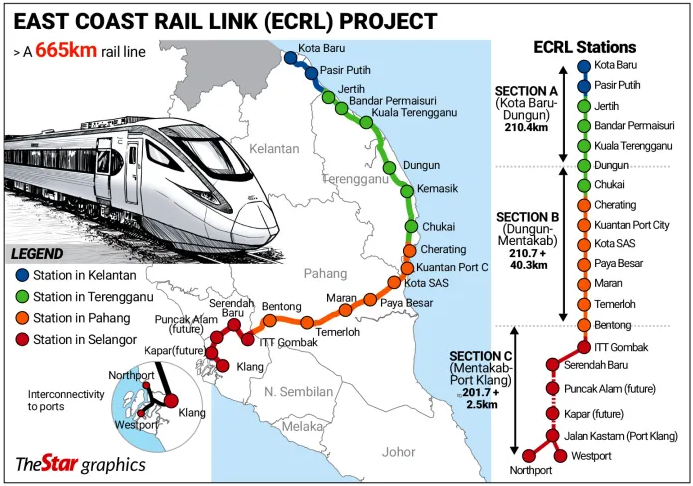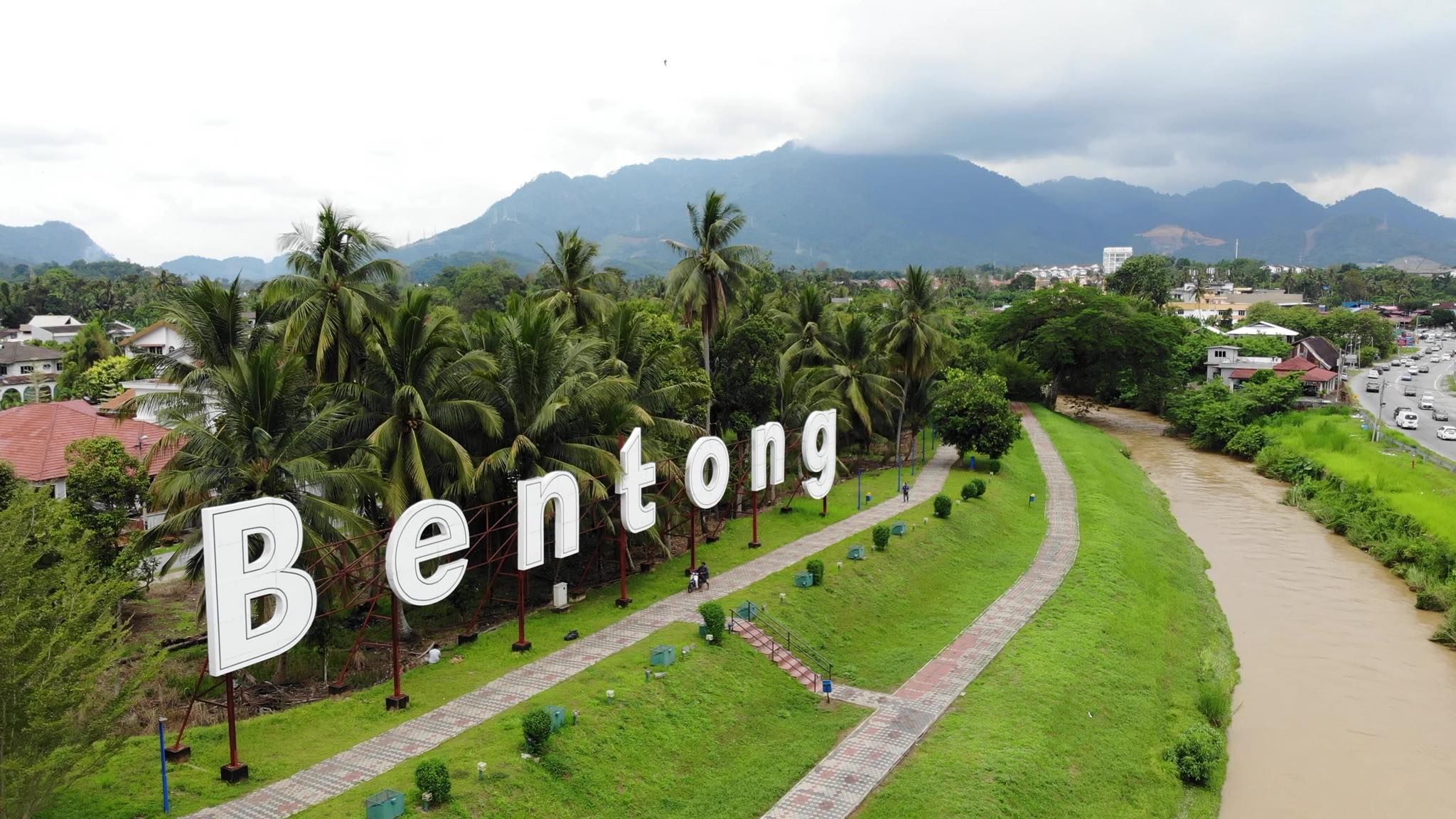Early History of Bentong 早期起源
In the late 19th century, Bentong was known as 'Kapong' and was under the administration of the Pahang Sultanate. The discovery of tin deposits at the confluence of the Repas and Perting Rivers attracted Chinese miners, leading to the town's development. Prominent figures like Loke Yew played a significant role in expanding mining operations, making tin mining the primary economic driver until World War II.
19世纪末,文冬被称为“Kapong”,由彭亨苏丹国管辖。 在Repas河和Perting河交汇处发现的锡矿床吸引了华人矿工,推动了小镇的发展。 像陆佑这样的知名人士在扩大采矿业务方面发挥了重要作用,使锡矿开采在二战前一直是主要的经济驱动力。

Resident of Pahang, Sir J.P Rodger

Loke Yew, a Malayan tycoon who developed Bentong

Tin mining was the main economic driver of Bentong town until World War II
The Transformative Years (1945-2000): From Tin to Rubber and Resettlement 变革年代(1945-2000):从锡矿到橡胶与华人新村
After World War II, the global demand for rubber surged, prompting Bentong to pivot towards the
Up until the 1940s, Bentong’s economy was primarily driven by tin mining and its related industries. However, the 1950s marked a turning point with the global rubber boom. The high demand for rubber, essential for car tires and other consumer goods, led Bentong to shift towards rubber production. As rubber plantations flourished, tin mining receded in importance, though it continued to contribute to the local economy for several decades.
Another major event that reshaped Bentong was the Communist insurgency. In 1948, the British colonial government declared a state of emergency and forcibly relocated many Chinese residents into ‘new villages’ to prevent Communist influence. These settlements changed the town’s social fabric.
By June 1955, Bentong was declared a ‘white area,’ meaning it was free from Communist insurgent activities. Today, 15 of these ‘new villages’ still exist, providing visitors with a glimpse into this unique historical legacy.
在1940年代之前,文冬的经济主要依赖锡矿业及相关行业。然而,1950年代全球橡胶市场的兴起带来了转折点。由于橡胶在汽车轮胎和消费品制造中的重要性日益增加,文冬逐渐向橡胶产业转型。随着橡胶种植园的发展,锡矿业的重要性逐渐下降,但仍在接下来的几十年内对当地经济发挥一定作用。
二战后,另一个影响文冬的重要事件是共产党游击战。为了遏制共产势力的扩张,1948年,英国殖民政府宣布紧急状态,并强制将部分华人居民迁移到‘华人新村’。这种重新安置改变了文冬的社会结构。
到1955年6月,文冬被宣布为“白区”,意味着这里已没有共产游击队的活动。如今,文冬仍然保留着15个‘华人新村’,成为游客体验这一独特历史和文化的窗口。
Cultural Contributions and Community Development 文化贡献与社区发展
The influx of Chinese immigrants, particularly from the Guangxi province, significantly shaped Bentong's cultural landscape. Their contributions included the construction of essential infrastructure, such as roads connecting Bentong to other regions, and the establishment of institutions like the Kwong Fook Temple and the Bentong Chinese Town Hall, which remain integral to the town’s heritage.
华人移民,特别是来自广西省的移民,大大塑造了文冬的文化景观。他们的贡献包括建设连接文冬与其他地区的基础设施,以及建立广福庙和文冬中华大会堂等机构,这些机构仍然是小镇遗产的重要组成部分。

Kwong Fook Temple (2020)

Photo from TheStar
Emergence as an Eco-Tourism Hub 作为生态旅游中心的崛起
In the 21st century, Bentong has embraced eco-tourism, leveraging its natural beauty and cultural heritage. The town offers attractions like hot springs, waterfalls, and lush forests, attracting visitors seeking nature-based experiences. This focus on sustainable tourism has revitalized the local economy and positioned Bentong as a model for eco-friendly development.
Looking ahead, the East Coast Rail Link (ECRL) is expected to further boost Bentong’s tourism and economic growth. The ECRL, a major railway project connecting Malaysia’s East Coast to the Klang Valley, will improve accessibility to Bentong, making it easier for domestic and international tourists to visit. With a modern railway station planned for Bentong, the town is poised to become a key eco-tourism gateway, attracting more visitors and investments while maintaining its commitment to sustainability.
进入21世纪,文冬利用其自然美景和文化遗产,拥抱生态旅游。小镇提供温泉、瀑布和茂密森林等景点,吸引寻求自然体验的游客。对可持续旅游的关注振兴了当地经济,使文冬成为生态友好发展的典范。
展望未来,东西海岸铁路(ECRL) 预计将进一步推动文冬的旅游业和经济增长。ECRL是一项连接马来西亚东海岸与巴生谷的重要铁路项目,将大大改善前往文冬的交通便利性,使国内外游客更容易到访。随着文冬现代化铁路站的规划建设,小镇有望成为生态旅游的重要门户,吸引更多游客和投资,同时保持其可持续发展的承诺。





